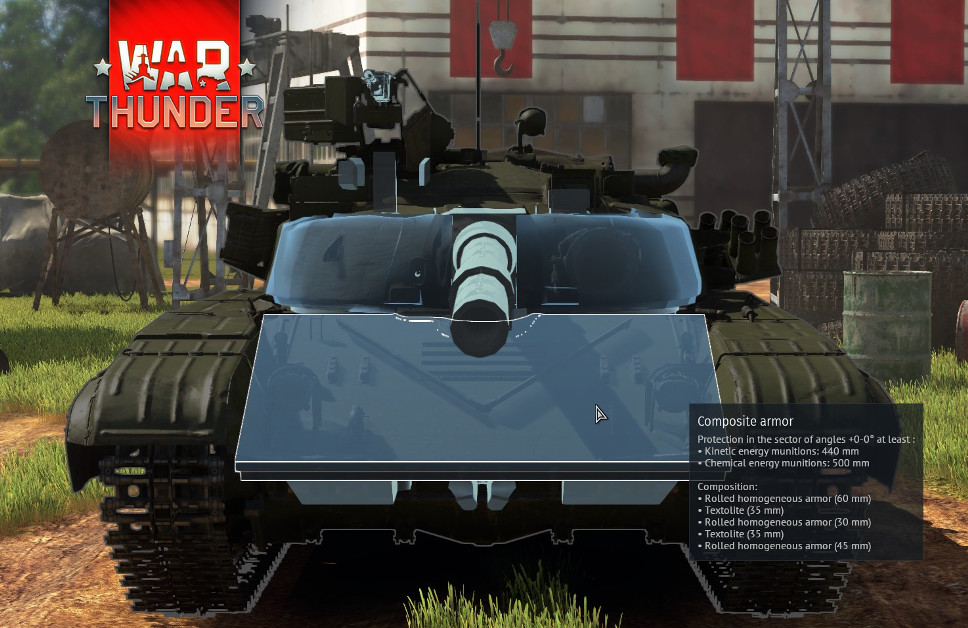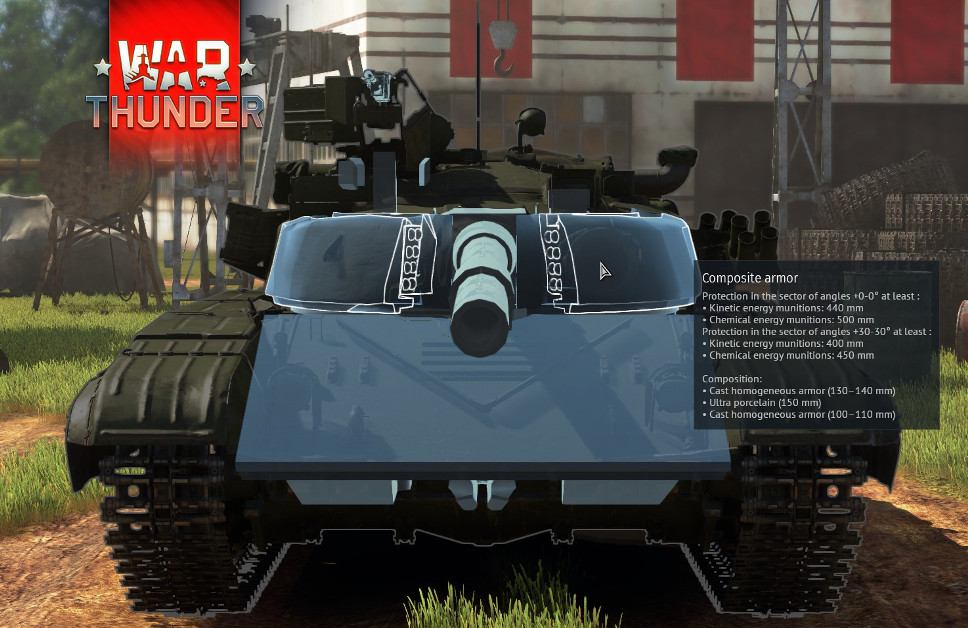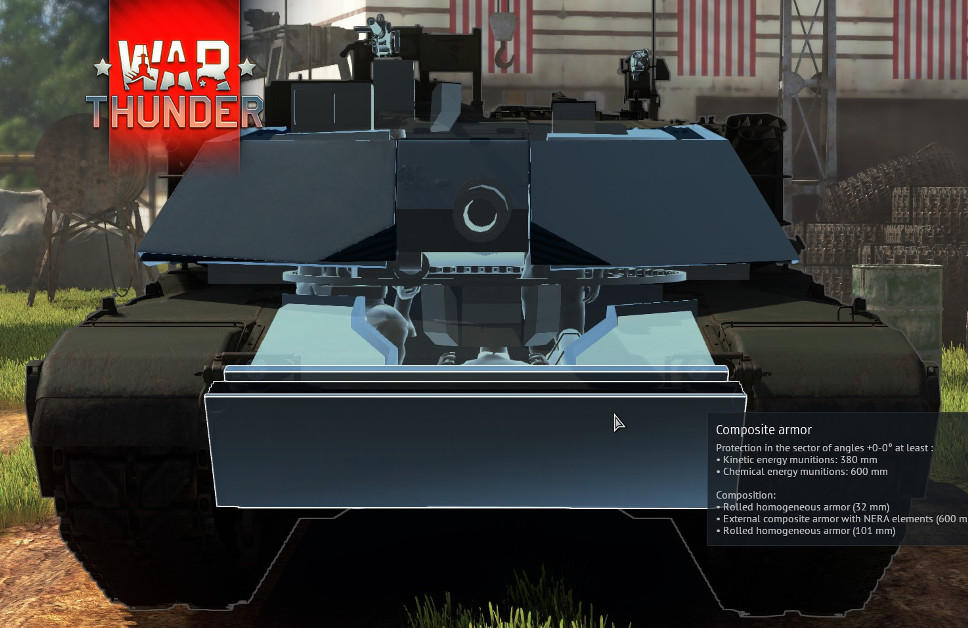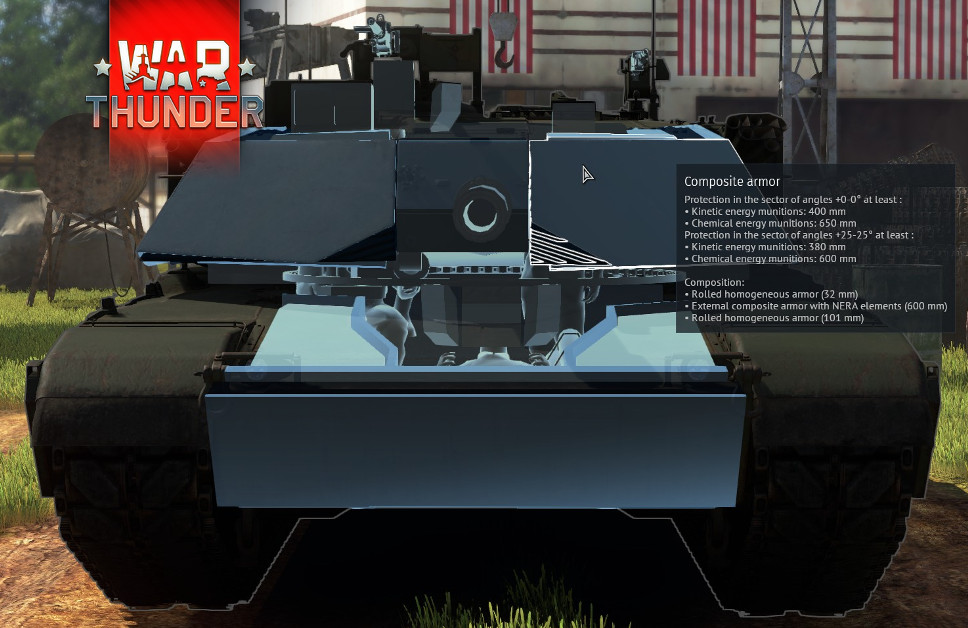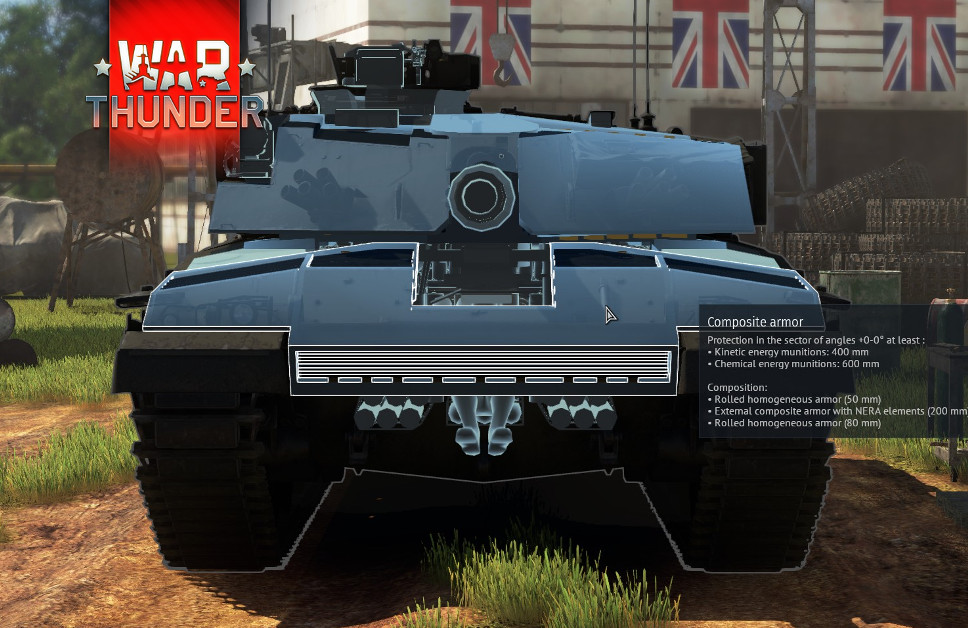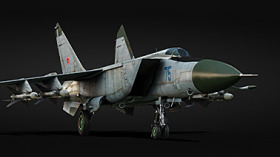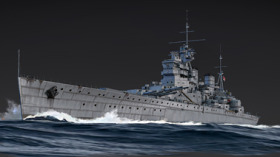
- For PC
- For MAC
- For Linux
- OS: Windows 10 (64 bit)
- Processor: Dual-Core 2.2 GHz
- Memory: 4GB
- Video Card: DirectX 11 level video card: AMD Radeon 77XX / NVIDIA GeForce GTX 660. The minimum supported resolution for the game is 720p.
- Network: Broadband Internet connection
- Hard Drive: 23.1 GB (Minimal client)
- OS: Windows 10/11 (64 bit)
- Processor: Intel Core i5 or Ryzen 5 3600 and better
- Memory: 16 GB and more
- Video Card: DirectX 11 level video card or higher and drivers: Nvidia GeForce 1060 and higher, Radeon RX 570 and higher
- Network: Broadband Internet connection
- Hard Drive: 75.9 GB (Full client)
- OS: Mac OS Big Sur 11.0 or newer
- Processor: Core i5, minimum 2.2GHz (Intel Xeon is not supported)
- Memory: 6 GB
- Video Card: Intel Iris Pro 5200 (Mac), or analog from AMD/Nvidia for Mac. Minimum supported resolution for the game is 720p with Metal support.
- Network: Broadband Internet connection
- Hard Drive: 22.1 GB (Minimal client)
- OS: Mac OS Big Sur 11.0 or newer
- Processor: Core i7 (Intel Xeon is not supported)
- Memory: 8 GB
- Video Card: Radeon Vega II or higher with Metal support.
- Network: Broadband Internet connection
- Hard Drive: 62.2 GB (Full client)
- OS: Most modern 64bit Linux distributions
- Processor: Dual-Core 2.4 GHz
- Memory: 4 GB
- Video Card: NVIDIA 660 with latest proprietary drivers (not older than 6 months) / similar AMD with latest proprietary drivers (not older than 6 months; the minimum supported resolution for the game is 720p) with Vulkan support.
- Network: Broadband Internet connection
- Hard Drive: 22.1 GB (Minimal client)
- OS: Ubuntu 20.04 64bit
- Processor: Intel Core i7
- Memory: 16 GB
- Video Card: NVIDIA 1060 with latest proprietary drivers (not older than 6 months) / similar AMD (Radeon RX 570) with latest proprietary drivers (not older than 6 months) with Vulkan support.
- Network: Broadband Internet connection
- Hard Drive: 62.2 GB (Full client)
When we begun work on modern tanks, we realized that it was going to be a challenge both in terms of creating accurate 3D models and making them behave authentically, as most tank data is still classified.
However, in the spirit of our project, we use all the resources and information available to us to create in-game incarnations of these vehicles, and we strive to recreate them as close to reality as possible. In addition, this approach allows us to recreate real-world features from tank design doctrine in the game and give each tank a varied and unique gameplay experience.
Several tanks were added in patch 1.77, and opinions on these vehicles can vary widely depending on the source, so we wanted to set out our perspective on this topic. We also wanted to highlight possible differences between the release version of 1.77 and the test version on the open dev server.
Т-64B
In terms of game balance and considering all its characteristics, the T-64B is a tank that is well protected against hits from APDSFS shells on the frontal projection (this is possible thanks to the tank's relatively small profile and inner space), equipped with powerful weapons and a guided armament system, although it does have inferior dynamics compared to all the other new leaders.
But given the smaller crew size and smaller fighting compartment, if the armour is pierced, the tank has poorer survivability than western vehicles, and its low reversing speed (just 4 kmh) means that it cannot quickly escape while under fire. These technical characteristics underscore the features with Soviet tank-building: reverse speed was not considered a battle characteristic in the USSR, it was only seen as a transport characteristic.
The tank's shell available for researching in the game is the widespread 3BM22, which was serially produced in 1975–76. This shell has a high penetration on a normal impact, but its angled penetration is not as good as monobloc shells like the L23 or the M774, and it was not the most powerful shell when the tank was introduced in 1984.
In the first dev server version, the T-64B's upper frontal armour's resistance to APDSFS and HEAT ammunition was demonstrated by recalculating the upper frontal armour construction based on the data for the equivalent protection in the T-64A's upper frontal armour. However, these values are not final and they will be changed slightly. The armour values are shown in the screenshots. This equivalent protection against APDSFS shells is reached when L23/L23A1/M774 type shells are used, and the value can be higher when shells like the 3BM22s are used – closer to the first value shown (due to the inferior performance of these shells at an angle).
M1 Abrams
The M1 is a tank that has an almost legendary reputation today. This tank was a hero of several wars, virtually impenetrable and indestructible – this is how the M1 is depicted on TV and in popular literature. But the reality is more complicated and more intriguing. Every serial tank – like every aircraft, ship, etc. – is a collection of technical solutions, incarnations and compromises that the engineers had to accept within the real-world mass-dimensional and price constraints.
The M1 gained its reputation in the real world over the course of multiple modifications and thousands of tweaks, whereas the original early 1980’s vehicle was quite humble in comparison. Outdated protection specs against APDSFS shells (from a 115 mm Soviet cannon, when Soviet tanks were already using 125 mm cannons at that point), far from perfect visibility from the commander's position (3x unstabilized anti-aircraft machine gun sight, 1x unstabilized viewport and gunner's sight output), problems with the reliability of the action of the blowout panels, and much more – this was the first vehicle in the series, with all the accompanying teething problems. But the M1's underlying principle was already well established: maximum crew safety and survivability, even at the expense of damage to the vehicle. We have implemented this principle in our in-game incarnation of this tank. Source.
This, together with the superb mobility, maneuverability, excellent reverse speed, typically fast turret and weapon aiming speeds, is the main game feature of the M1.
This is currently the only tank in the game that will not be destroyed if its munitions combust. In addition, the tank has a superior firing speed, exceeding the Soviet T-64B by a third (when using a first-order ammo rack of 22 shells).
When approaching the issue of the M1's armour, our consultants sent inquiries to several archives (the National Archives, NARA) and received various dossiers in response. One of our players, Fu_Manchu, was also a huge help. He regularly sends us valuable bug reports along with primary source documents. Source.
The British engineers noted that the tank (XM-1) was protected against hits from APCRs, equal to 320–340 mm, and was able to withstand a hit from a 115 mm APFSDS from 800–1200 metres, and was also protected against 127 mm cluster warheads. The British considered the APDSFS protection too low, and according to their estimates, the tank should have not been able to withstand a hit from a 125 mm APDSFS from all plausible combat ranges. Source.
However, due to the lack of information about the specific ammunition types used to test the M1, and considering other assessments (from the famous CIA report) plus current game parameters of 115 mm and 125 mm ammunition, we decided to implement the armour values as in the pic below. This means protection against hits from 115 mm guns from ±25 degree frontal angles, and also against early 125 mm APDSFS rounds, equal to 380 mm. In terms of the tank's anti-HEAT protection, it is set within a range of 600–650 mm – this value corresponds to the armour penetration of the 127 mm HEAT warhead used in testing. All this will protect the tank against most threats on the battlefield, but means that its armour is not a main feature.
Of course, we will keep looking for more information, and if we get any, we may make adjustments in various areas.
Challenger
This tank was created based on the export Shir-2, drawing upon the experience gained in the scrapped MBT 80 program. So when we were assessing this tank's armour, we used the tank's similarity to the MBT 80 as a starting point. Source.
Protection against APDSFS projectiles is specified taking into account the use of 3BM22 shells. For shells with a monobloc core (M774, L23A1), the armour parameters may be slightly lower than indicated.
As a result, in the game we have a strong average tank with the ability to execute its defense in hull-down positions (firing from counter slopes), dynamics as good as the Soviet T-64B, an excellent reverse speed and the best anti-HEAT protection at its level.
Having said all that, we can conclude that all the new top-tier tanks have been realized with their own interesting features, strengths and weaknesses. We haven't mentioned other tanks from update 1.77 in this overview as their armour protection data is more straightforward. We're also not looking at the AMX-30B2 Brenus or Leopard 2K in terms of being top of their nations' armoured vehicle tech trees, which we already talked about in the recently posted responses to your questions. The vehicles capable of equaling the current heroes will be discussed in the future when we introduce these tanks. We will also aim to tell you about the data we used as a basis for the tanks' in-game incarnations.
Check our previous DevBlogs:
- Dagor Engine 5.0: Temporal Anti-Aliasing (Variance Clipping TAA)
- Dagor Engine 5.0: Displacement mapping, mud and puddles
- Dagor Engine 5.0: Weather and environment: rain, fog, clouds and sun
- New sounds in update 1.77
- M1 Abrams: The Desert Warrior
- Heinkel He 177 A-5 Greif: The Flaming Arrow
- Kawasaki Ki-108: The Final Dragon Slayer
- Re.2000: The Italian Falcon
- Leopard 2K: A Legend In The Making
- La-200: The High-Speed Kite
- Challenger 1: A Worthy Heir
- Martin-Baker M.B.5: Hold My Tea
- Magach 3: Chariot of War
- AMX-30B2 Brenus: Modern Ironclad
- T-64B: When Good Is Not Good Enough
- Martin 167-A3: American Mercenary
- Spitfire Mk.V: model update and new modifications
The War Thunder Team
